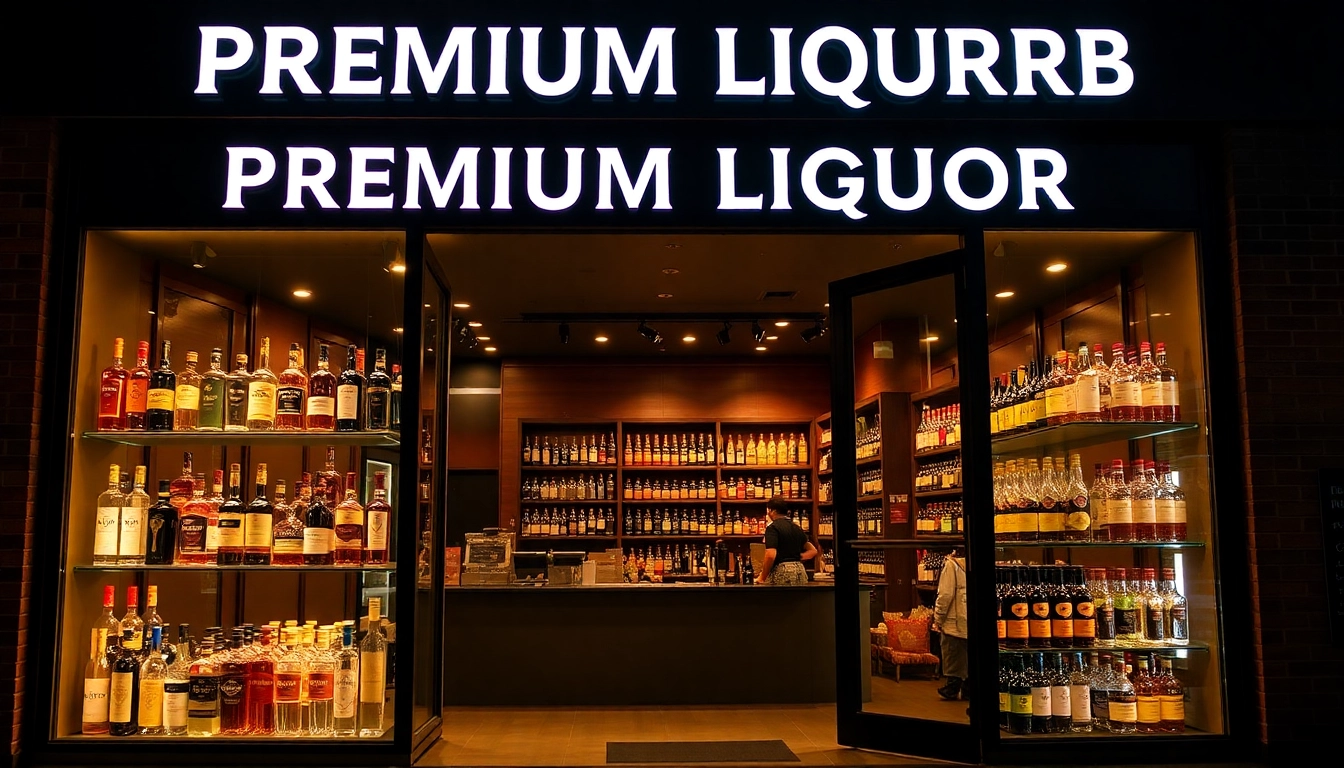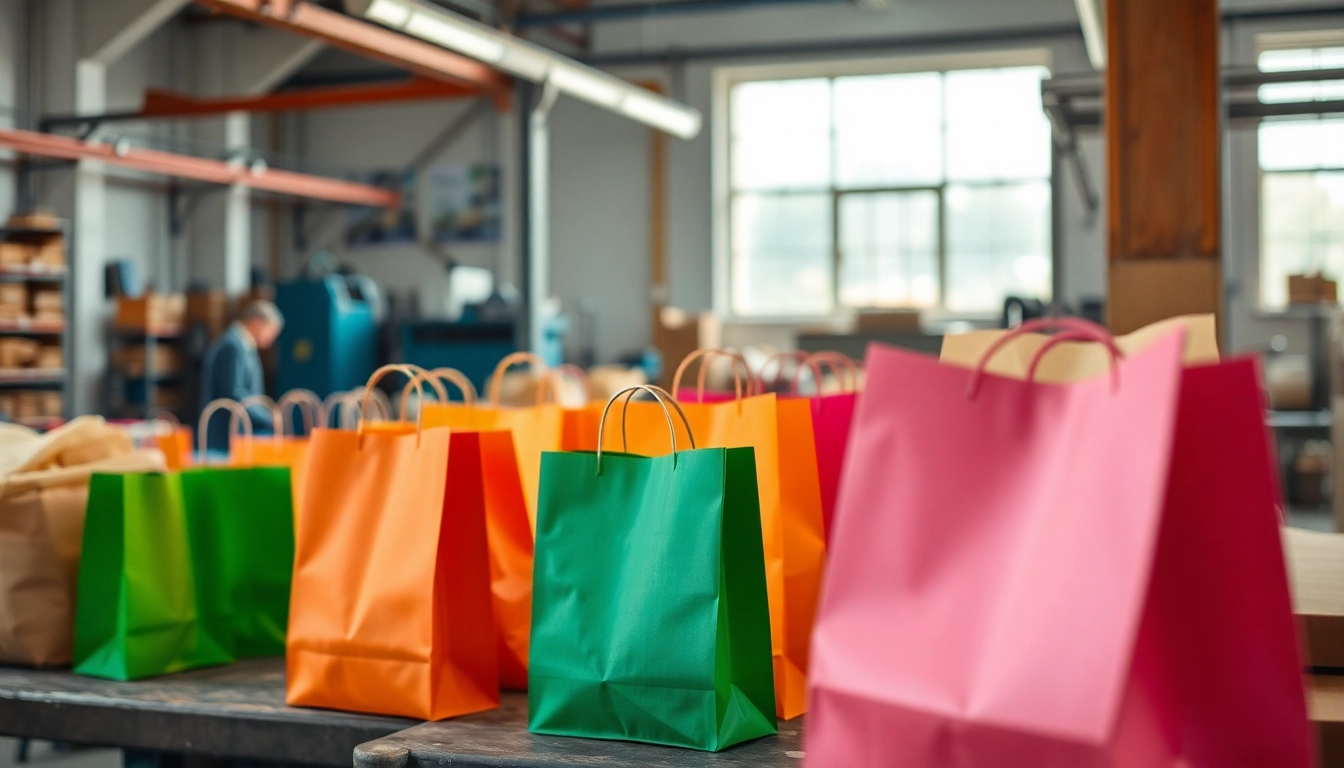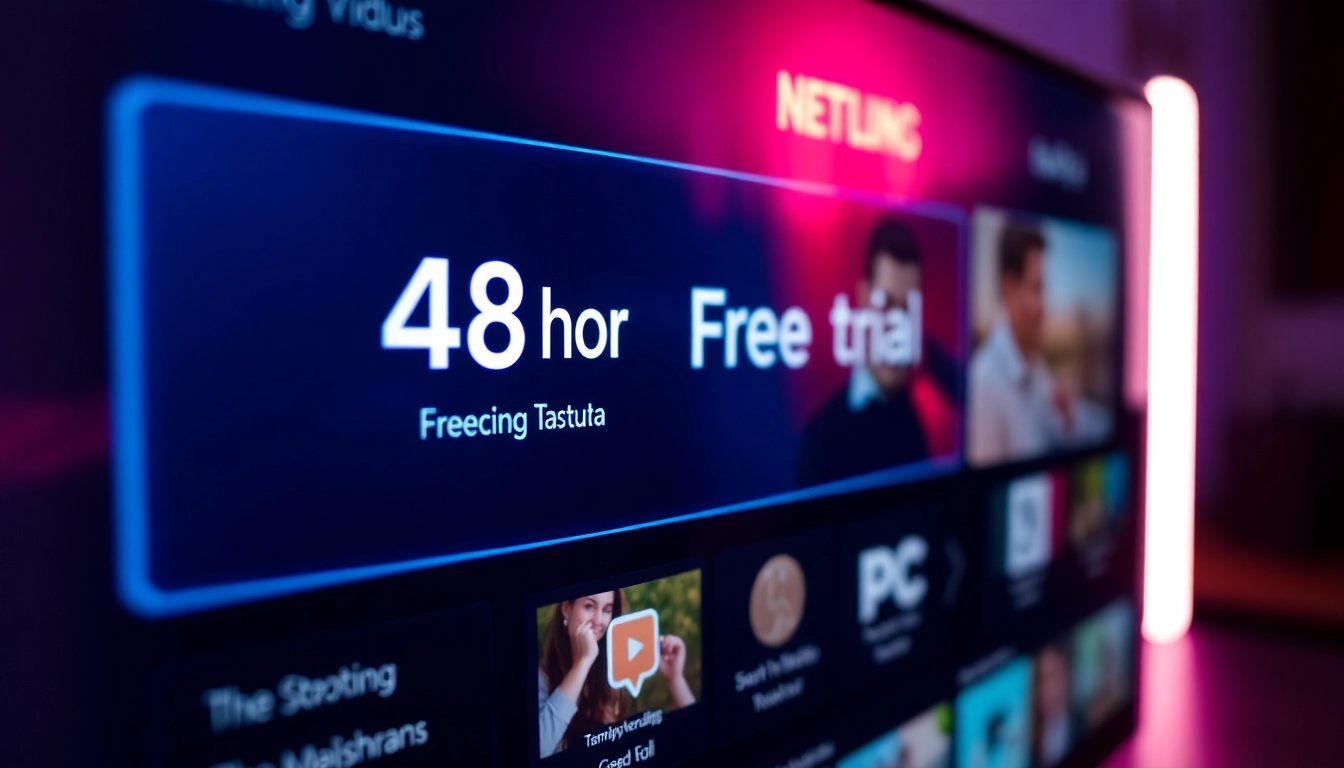
Understanding the Concept of Building Your Own Cookbook
What Does ‘Build My Own Cookbook’ Entail?
Creating a personalized cookbook is more than just collecting recipes; it’s about designing a culinary archive tailored specifically to your tastes, traditions, and cooking style. The phrase build my own cookbook encapsulates the process of gathering recipes from diverse sources—social media, websites, family archives—and assembling them into a cohesive, convenient format. It involves curating your favorite dishes, customizing the presentation, and establishing a system that makes meal planning and cooking both efficient and enjoyable. With technological advancements, especially platforms like Cooksync, building your own cookbook has become an accessible, streamlined process. It enables you to semantically organize recipes, maintain control over your data, and sync your collection effortlessly across devices and platforms.
Why Personalize Your Recipe Collection?
A personalized recipe collection does more than store instructions—it reflects your culinary journey, preferences, and cultural influences. Unlike generic cookbooks or digital recipe managers that merely serve as repositories, your customized collection integrates personal stories, family secrets, and specific dietary needs. Personalization offers several benefits:
- Enhanced Cooking Experience: Tailor recipes to suit your taste, dietary restrictions, or ingredient availability.
- Preservation of Family Heritage: Document and pass down treasured family recipes through a digital or printed cookbook.
- Increased Motivation: A cookbook that resonates with your personality encourages experimentation and learning.
- Effective Meal Planning: An organized, customized collection simplifies weekly menus and grocery shopping.
Moreover, personal cookbooks are ideal for gifting, allowing loved ones to enjoy your culinary favorites while sharing a piece of your story. Overall, personalization transforms a mere list of recipes into an engaging, meaningful resource.
Different Approaches to Creating a Custom Cookbook
There are multiple methods to craft your own cookbook, ranging from traditional hand-written volumes to high-tech digital solutions:
- Handwritten Cookbooks: Classic but time-consuming; ideal for family traditions and personal touches.
- Using Printable Templates: Accessible options like Canva or Lulu enable easy customization with a professional touch.
- Online Platforms and Apps: Platforms such as Cooksync, CreateMyCookbook, or Mixbook facilitate importing, organizing, and printing recipes with minimal effort.
- Custom Photo Books: Combine recipes with images for a visually appealing keepsake, perfect for family gifts or personal archives.
Among these approaches, leveraging digital tools like Cooksync offers significant advantages—automatic synchronization, easy updates, and seamless platform integration—making the process more efficient and adaptable to modern lifestyles.
Key Features of a Personalized Cookbook Platform
Importing Recipes from Various Sources Effectively
The cornerstone of building a comprehensive and personalized cookbook is easy, efficient importation of recipes from multiple sources. Modern platforms should facilitate:
- Web Clipper Extensions: Browser tools like Chrome extensions that allow you to save recipes directly from web pages with a single click.
- Mobile Apps: Apps like Cooksync’s iOS or Android versions enable capturing recipes on-the-go, whether from social media, cooking blogs, or online stores.
- Manual Link Entry: A straightforward method for adding recipes by pasting URLs or typing details directly into your collection.
- Photo and Text Uploads: Upload images of handwritten or printed recipes, transforming physical notes into digital assets.
Platforms such as Cooksync excel at this by offering tools that bring recipes together regardless of their origin, ensuring a unified collection without duplication or loss of data.
Syncing Your Recipes to Favorite Platforms Seamlessly
Synchronization is vital for maintaining an organized, up-to-date culinary repository. Choose a platform that offers:
- Automatic Syncing: Once recipes are imported, they update across all linked platforms like Evernote, Notion, Google Drive, or cloud storage services.
- Customizable Destinations: You can determine where each recipe belongs—whether in a dedicated cookbook folder or a recipe-specific note—tailoring your digital workspace.
- Real-Time Updates: Changes made in one platform reflect immediately elsewhere, ensuring consistency and reducing redundancy.
- Support for Multiple Platforms: Continuous expansion of compatible services ensures future-proofing your culinary hub.
Organizing and Formatting Your Culinary Collection
Effective organization transforms a cluttered collection into a useful, inspiring resource. Key strategies include:
- Categories and Tags: Sort recipes by cuisine, meal type, dietary needs, or occasion for quick retrieval.
- Custom Labels and Metadata: Add notes like prep time, difficulty, or picture links for richer context.
- Consistent Formatting: Apply uniform styles for ease of reading and printing, especially when compiling into physical cookbooks.
- Search and Filter Options: Advanced search capabilities allow pinpointing recipes by ingredients, tags, or keywords.
By leveraging these features, your digital cookbook becomes a highly functional tool, supporting your culinary creativity and organizational needs.
Step-by-Step Guide to Creating Your Build My Own Cookbook
Gathering and Importing Your Recipes
The first step is to assemble your culinary treasures. Initiate this by digitizing physical recipes through scanning or photographing handwritten notes. For online recipes, use web clipper extensions or mobile apps to save pages directly to your collection. When importing from social media or websites, ensure the source provides clear, complete instructions to avoid missing details. Cooksync’s integration capabilities streamline this process, enabling you to import recipes effortlessly from various sources, then organize and edit them as needed.
Choosing the Right Storage and Sync Platforms
Decide where your recipes will reside—be it cloud services like Google Drive, note-taking apps such as Evernote, or dedicated recipe platforms. Selecting platforms that you already use regularly simplifies management. Cooksync’s approach acts as a transport layer, meaning you aren’t confined to a single platform but can sync your recipes across multiple destinations seamlessly. Consider the following when choosing platforms:
- Compatibility with your devices and workflow
- Ease of use and accessibility
- Privacy and data ownership policies
- Ability to organize and search recipes efficiently
Align your choices with your culinary and organizational habits for optimal results.
Designing and Customizing Your Keepsake
Once your recipes are imported and organized, focus on presentation. Many platforms offer customizable templates and layouts suited for cookbooks or personal archives. Insert images, personal notes, or modifications to emphasize your cooking personality. If printing is your goal, ensure designs adhere to print specifications and quality standards. With digital tools, you can preview your cookbook, make adjustments, and even create themed compilations for gifting or special occasions. This step turns your functional collection into an aesthetically pleasing and meaningful memento.
Best Practices for Maintaining and Updating Your Cookbook
Adding New Recipes and Edits Regularly
To keep your cookbook fresh and relevant, establish routines for updating: whenever you discover new recipes, refine existing ones, or want to add notes about modifications. Utilizing platforms like Cooksync, which support real-time synchronization, means your updates propagate instantly across all linked devices. Also consider setting periodic review sessions to reorganize recipes, delete duplicates, or adjust categories, ensuring your collection remains streamlined and inspiring.
Ensuring Data Privacy and Control
Your culinary collection is personal—secured by your control over data. Use platforms that prioritize user privacy, enabling you to decide which recipes are private or shareable. Regular backups prevent data loss and safeguard your hard-earned recipes. Be aware of platform permissions and privacy policies, especially when importing recipes from social media or third-party sources. Fully understanding and managing these settings helps maintain your collection’s integrity and confidentiality.
Sharing Your Personalized Cookbook with Family & Friends
Sharing your culinary creations enhances relationships and preserves family traditions. Options include:
- Creating printed editions or photo books for gifting birthdays and holidays.
- Sharing digital links or collaborative platforms where family members can add their recipes or comments.
- Exporting recipes into PDF or e-book formats for easy distribution.
Platforms like Cooksync support secure sharing, allowing selective access and encouraging collaborative cooking experiences.
Leveraging Your Custom Cookbook for Cooking and Gifting
Using Your Collection for Meal Planning
A well-organized digital or physical cookbook simplifies weekly meal prep. You can filter recipes by ingredients on hand, dietary preferences, or difficulty level. Advanced search options enable quick retrieval based on flavor profiles or cooking time. Integration with calendar and shopping list apps further streamlines groceries and scheduling. By routinely updating your collection, you build a dynamic resource that adapts to your evolving palate and lifestyle.
Creating Meaningful Gifts and Photo Books
Turn your recipes into cherished gifts—customized cookbooks or photo books embellished with family photos, anecdotes, and culinary stories. Printed editions from platforms like Lulu or Shutterfly make excellent presents, especially when personalized with handmade touches. Digital versions can be shared via email or cloud links, allowing recipients to explore your culinary universe at their convenience.
Growing Your Culinary Passion with a Personal Repository
Your personalized cookbook is more than a static collection; it’s a living document that nurtures your passion. Experiment by trying new recipes, adjusting old favorites, or documenting regional dishes. Over time, it becomes a reflection of your evolving taste and skills, inspiring continuous learning and culinary adventures. This repository also serves as a motivational tool, giving you confidence to try complex techniques or cuisines, knowing you have a dedicated resource to guide your journey.






